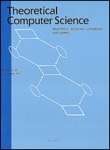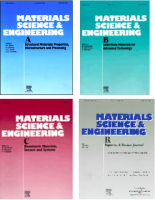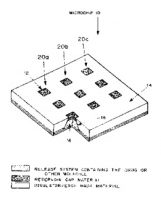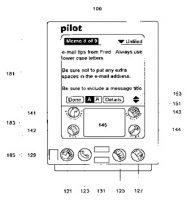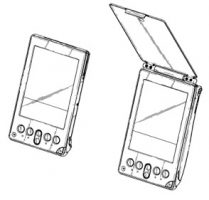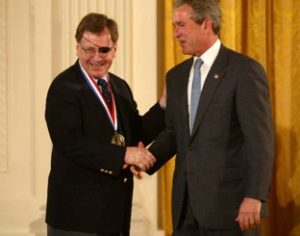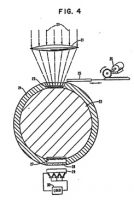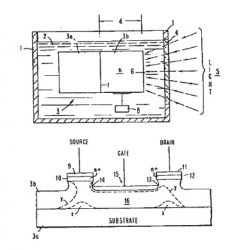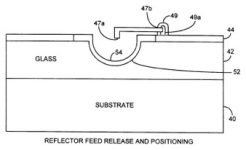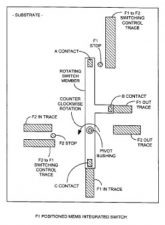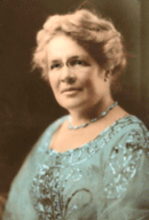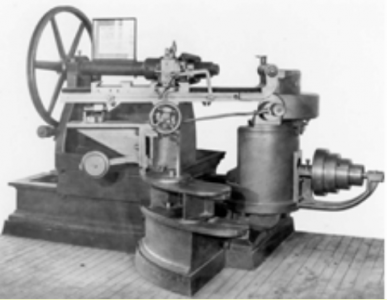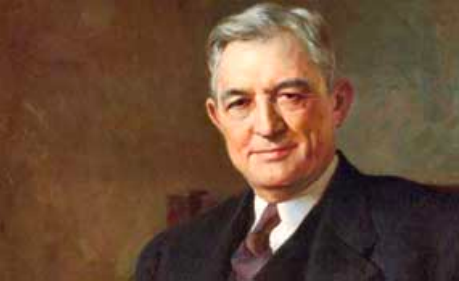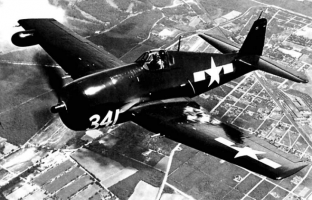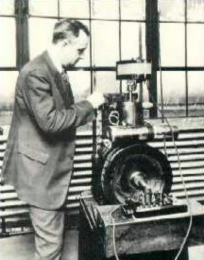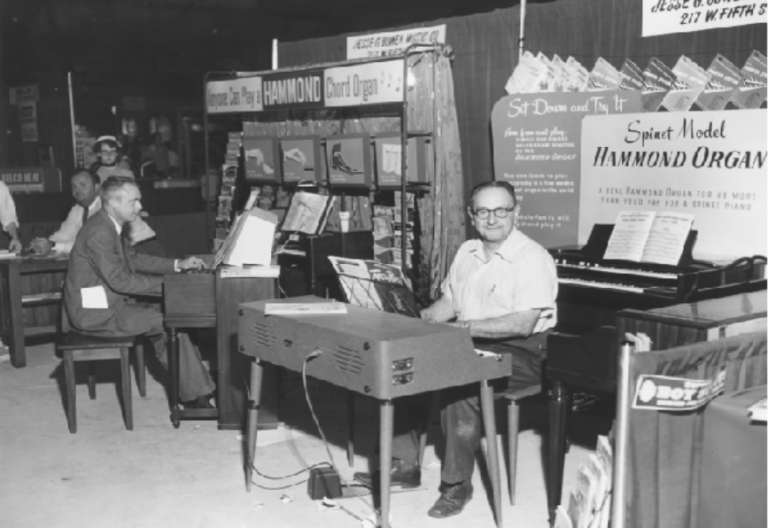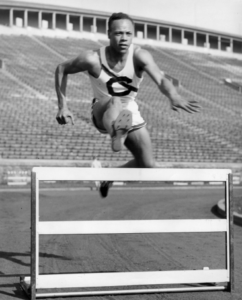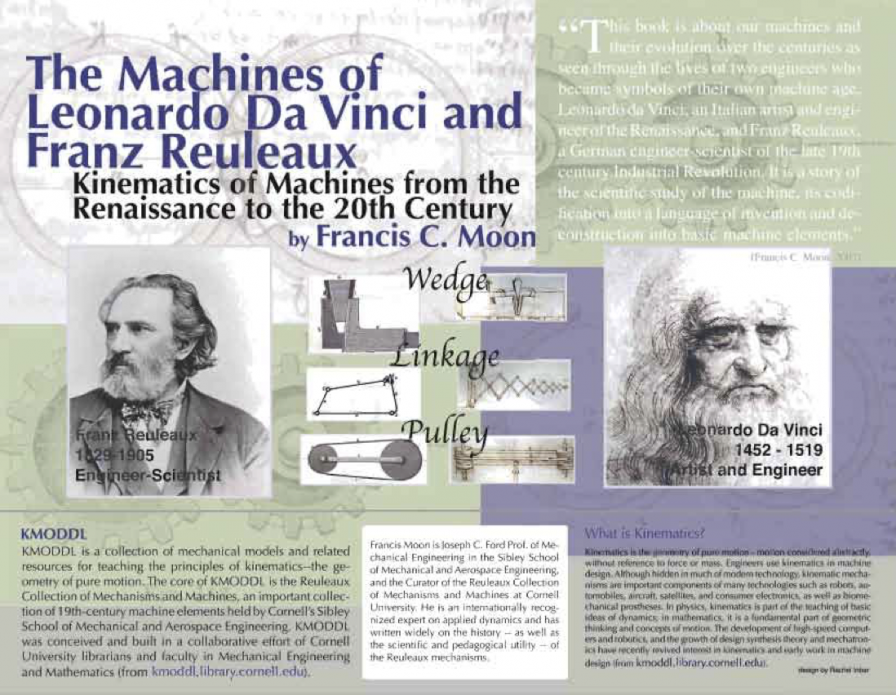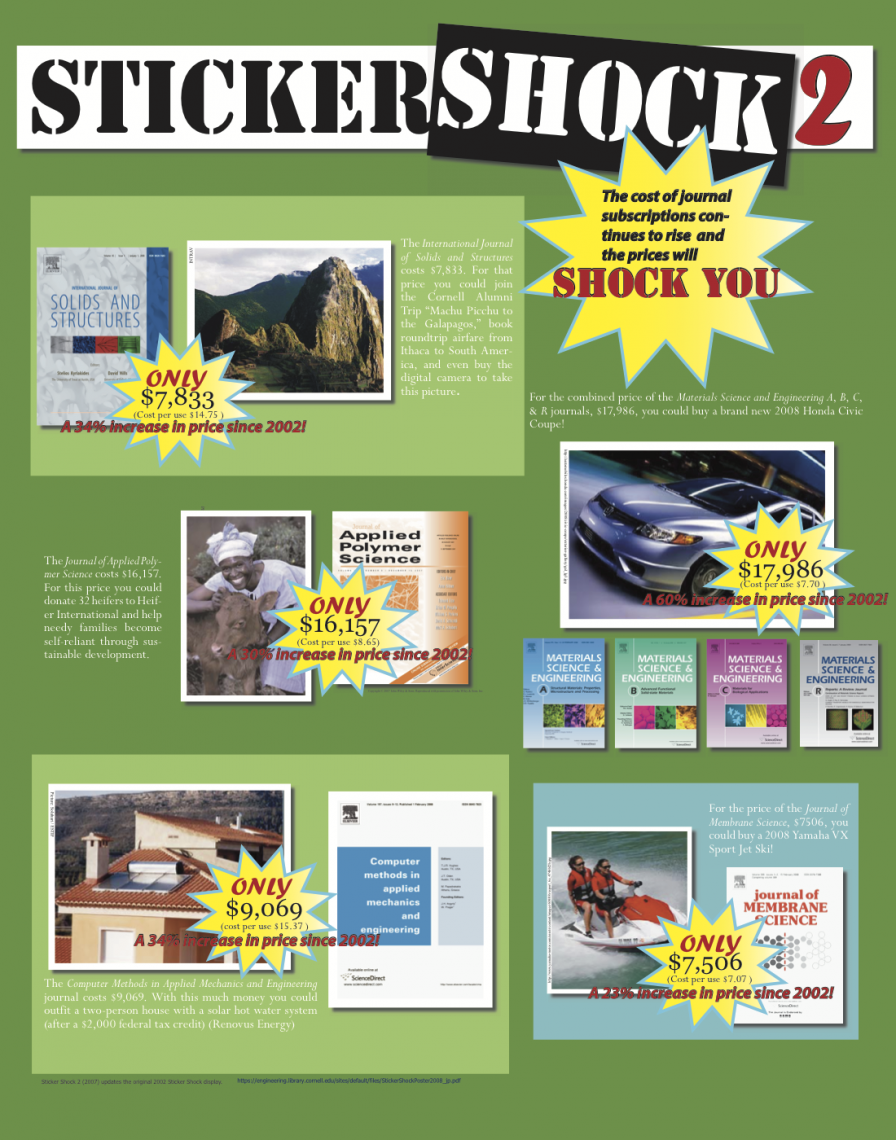The theory that living organisms arise from nonliving materials is known as the theory of spontaneous generation. The belief in the spontaneous development of microorganisms was widely held for many centuries, and continued until the 19th century, when the Microbe Hunters proved the germ theory of disease, which showed that diseases are caused by the invasion of microorganisms into the body.
Leeuwenhoek, Antony (1632-1723)
Dutch scientist, noted for his microscopic studies of living organisms. He was the first to describe protozoa, bacteria, and spermatozoa and he also made observations of yeasts, red blood cells, and blood capillaries. Among his many other achievements, Leeuwenhoek traced the life histories of various animals, including the flea, ant, and weevil, refuting many popular misconceptions concerning their origin. Leeuwenhoek ground over 400 lenses during his lifetime, achieving magnifications of up to 300 times with a single lens.
The Macmillan Encyclopedia 1995
Spallanzani, Lazzaro (1729-1799)
Italian physiologist, noted for his studies of microscopic life. Spallanzani demonstrated that microorganisms arose not by spontaneous generation but from spores in the air. He also studied regeneration, digestion, and spermatozoa. He showed that contact by semen was necessary for development of the egg and he achieved the first successful artificial insemination of a dog.
The Macmillan Encyclopedia 1995
Jenner, Edward (1749-1823)
British physician, who developed the first effective vaccine against smallpox. Jenner noticed that people who caught the mild disease cowpox never contracted smallpox. In 1796 he inoculated a small boy with cowpox and two months later, with smallpox. The boy did not get smallpox. Jenner published his findings in 1798 and vaccination (a word that Jenner coined) became a widespread protective measure against smallpox.
The Macmillan Encyclopedia 1995
Cohn, Ferdinand Julius (1839-1884)
German Botanist, considered to be one of the founders of modern bacteriology. Following his early studies of algae and fungi, Cohn became interested in the identification of bacteria and established the basic elements of modern classification. He also encouraged Koch to publish his findings on anthrax.
The Macmillan Encyclopedia 1995
Koch, Robert (1843-1910)
German bacteriologist, who was responsible for major discoveries in the study of disease-causing bacteria. As a young doctor, Koch successfully cultured the bacillus causing anthrax in cattle and determined its life cycle. Devising new and better culture methods, Koch succeeded in 1882 in identifying and isolating the bacillus responsible for tuberculosis. He was, however, frustrated in his efforts to find an effective cure for the disease. Koch investigated many other diseases including cholera, bubonic plague, and malaria. He was awarded a Nobel Prize in 1905.
The Macmillan Encyclopedia 1995
Ehrlich, Paul (1854-1915)
German bacteriologist. Ehrlich did much to develop the understanding of acquired immunity to disease in animals and, with Behring, he prepared a serum against diphtheria. In 1910 he announced the discovery of an arsenical compound (Salvarsan) effective in treating syphilis. Ehrlich shared a Nobel Prize with Mechnikov in 1908.
The Macmillan Encyclopedia 1995
Behring, Emil Adolph von (1854-1917)
German bacteriologist, who produced an antitoxin that conferred passive immunity against tetanus. By 1882 Behring and Paul Ehrlich had developed a serum that provided effective immunity against diphtheria. He was awarded a Nobel Prize in 1901.
The Macmillan Encyclopedia 1995
Kitasato, Shibasaburo (1852-1931)
Japanese bacteriologist, who, during an epidemic of bubonic plague in Hong Kong, identified the bacillus responsible. In Berlin Kitasato worked with Behring on tetanus and diphtheria, demonstrating the value of antitoxin in conferring passive immunity. Kitasato founded a laboratory near Tokyo that was incorporated with the university in 1899. In 1914 he founded the Kitasato Institute.
The Macmillan Encyclopedia 1995
Hata, Sahachiro (1873-1938)
Japanese researcher, who assisted Kitasato in his research on the bubonic plague. He worked closely with Behring, Koch, and Ehrlich and provided much of the background research on diphtheria, cholera, and syphilis.
http://www.m-ww.de/persoenlichkeiten/ehrlich.html
Mechnikov, Ilya Ilich (1845-1916)
Russian zoologist, who discovered that certain cells in animals could surround and engulf foreign particles, such as disease-causing bacteria. He called these cells phagocytes and was awarded, with Paul Ehrlich, the 1908 Nobel Prize.
The Macmillan Encyclopedia 1995
Pasteur, Louis (1822-1895)
French chemist and microbiologist, who made great advances in the prevention and treatment of diseases caused by microorganisms. A tanner’s son, Pasteur became a science master and pursued his interest in chemistry: in 1848 he discovered two different optically active forms of tartaric acid that had differing biological properties. In 1854 Pasteur was appointed dean of the faculty of sciences at Lille University. He found that fermentation was caused by microorganisms and that by excluding these, souring or decay could be prevented (Pasteurization). Although partially paralyzed in 1868, Pasteur’s interest in germs and disease directed his attention to anthrax (the life cycle of the causative bacillus in cattle had been studied by Koch). By 1881 Pasteur had devised a means of safely inducing immunity to the disease by injecting a vaccine of heat-treated (attenuated) live anthrax bacilli. Pasteur also produced a vaccine for chicken cholera and – in 1885, his most spectacular achievement – an effective rabies vaccine. The Pasteur Institute was founded in 1888 to treat rabies and has since developed into a world center for biological research.
The Macmillan Encyclopedia 1995
Duclaux, Emile (1840-1904)
French physicist, chemist and biologist, who assisted Pasteur in the invalidation of the theory of spontaneous generation. He also collaborated with Pasteur in the study of silkworm disease. He was a great promoter of the anthrax vaccine campaign for livestock. After Pasteur’s death, he became the director of the Pasteur Institute.
http://www.pasteur.fr/infosci/archives/duc0.html
Roux, Pierre Paul Emile (1853-1933)
French bacteriologist, who, following the discovery of the Klebs-Loeffler (diphtheria) bacillus in 1884, showed that the disease symptoms were cause by a toxin released by the bacilli. Roux helped develop an antitoxin serum for diphtheria and – working with Pasteur – discovered a vaccine for anthrax using attenuated bacilli. Roux was the director of the Pasteur Institute (1904-1933).
The Macmillan Encyclopedia 1995
Alexandre Yersin (1863-1943)
French bacteriologist, born in Aubonne, Switzerland. He studied bacteriology with Emile Roux in Paris and Robert Koch in Berlin. In 1890, Yersin went to Indochina where he and Kitasato independently discovered the plague bacillus. To finance the establishment of the Pasteur Institute in Nha Trang (1903), he undertook the cultivation of corn, rice and coffee. He introduced the rubber tree to Indochina.
Encyclopædia Britannica Online
Reed, Walter (1851-1902)
American physician. After serving as an army surgeon, Reed was appointed to investigate yellow fever in Cuba, where C.J. Finlay had suggested that the mosquito was the agent responsible for spreading the disease. Reed and his team subjected themselves to the bites of infected mosquitoes, one of the team dying as a result, but proving that mosquitoes were responsible and enabling yellow fever to be eliminated from the region.
The Macmillan Encyclopedia 1995
Smith, Theobald (1859-1934)
American microbiologist and pathologist who discovered the causes of several infectious and parasitic diseases in animals. Smith graduated from Cornell University , Ithaca, NY in 1881. His most important research was carried out on Texas cattle fever. He discovered that the disease is caused by a protozoan parasite that is transmitted to uninfected cattle by blood-sucking ticks. He differentiated the bovine from the human tubercle bacilli. He was also the first to notice anaphylaxis (an intense antibody reaction in an animal after injection of a foreign protein in the body), which he found occurred after the second injection of diphtheria antitoxin into guinea pigs.
Encyclopædia Britannica Online
Bruce, Sir David (1855-1931)
British bacteriologist. He was a one-time colleague of Robert Koch in Berlin but spent the greater part of his career as a military physician. While commandant of the Royal Army Medical College, Millbank, he directed the research on tetanus and trench fever. He undertook royal commissions of inquiry into various diseases in Malta and central Africa. He was able to trace the cause of Malta fever to a bacterium later name for him as Brucella melitensis. He also investigated the cause of nagana, a disease of horses and cattle in central and southern Africa, and found it to be transmitted by the tsetse fly. This work was of great help in his later research on sleeping sickness, which he also proved to be transmitted by the tsetse fly. He was knighted in 1908.
A Dictionary of Scientists, Oxford University Press, © Market House Books Ltd 1999
Ross, Sir Ronald (1857-1932)
British bacteriologist, who confirmed the theory of sir Patrick Manson (1844-1922) that mosquitoes transmit malaria. While working in India, Ross discovered malaria parasites in the guts of Anopheles mosquitoes. In his honor was founded the Ross Institute and Hospital for Tropical Diseases (1926), incorporated into the London School of Hygiene and Tropical Medicine in 1933. Ross received the 1902 Nobel Prize.
Encyclopædia Britannica Online
Grassi, Giovanni Battista (1854-1925)
Italian zoologist. He demonstrated (1898) that the Anopheles mosquito carries the plasmodium of malaria in its digestive tract. He is known also for his research on parasites, on migrations and metamorphosis in eels, on the vine parasite phylloxera, and on termites.
The Columbia Encyclopedia, 6th Edition.
Bibliographical References and Illustrations
Encyclopædia Britannica Online
The Macmillan Encyclopedia
1995 Microbe Hunters – Paul de Kruif
Images de la Vie et de l’Œuvre de Pasteur – Vallery-Radot
Theobald Smith 1859-1934 – George Henry Falkiner Nuttall
http://www.pasteur.fr/infosci/archives/duc0.html
http://www.m-ww.de/persoenlichkeiten/ehrlich.html
A Dictionary of Scientists, Oxford University Press, © Market House Books Ltd 1999
The Columbia Encyclopedia, Sixth Edition. Copyright © 2001 Columbia University Press.
Plagues and Politics, the Story of the United States Public Health Service – Fitzhugh Mullan, MD
Mosquitoes, Malaria and Man – Gordon Harrison
Yellow Fever Black Goddess-The Coevolution of People and Plagues – Christopher Wills
National Library of Medicine
Centers for Disease Control
Under the Guidance of Professor Leonard Dworsky February 2002, nm86@cornell.edu



